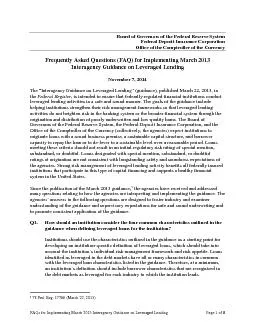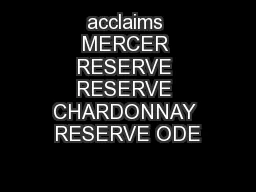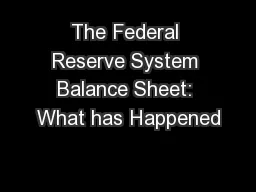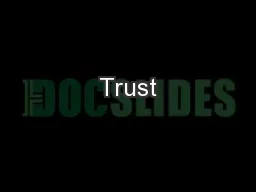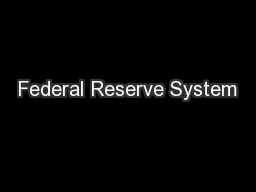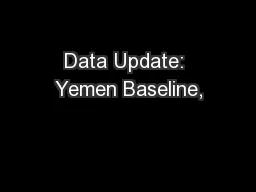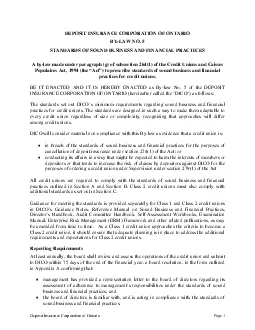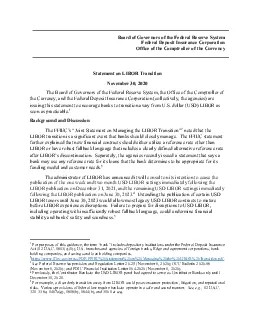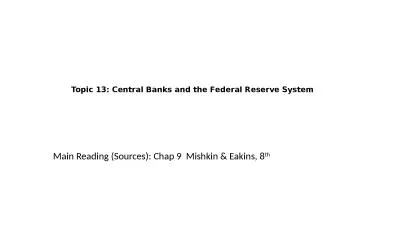PDF-Board of Governors of the Federal Reserve System Federal Deposit Insur
Author : pamella-moone | Published Date : 2015-08-25
Office of the Comptroller of the Currency requently sked uestionFAQ for mplementing March 2013 Interagency Guidance ed eg 17766 March 22 2013 AQs for Implementing
Presentation Embed Code
Download Presentation
Download Presentation The PPT/PDF document "Board of Governors of the Federal Reserv..." is the property of its rightful owner. Permission is granted to download and print the materials on this website for personal, non-commercial use only, and to display it on your personal computer provided you do not modify the materials and that you retain all copyright notices contained in the materials. By downloading content from our website, you accept the terms of this agreement.
Board of Governors of the Federal Reserve System Federal Deposit Insur: Transcript
Download Rules Of Document
"Board of Governors of the Federal Reserve System Federal Deposit Insur"The content belongs to its owner. You may download and print it for personal use, without modification, and keep all copyright notices. By downloading, you agree to these terms.
Related Documents

